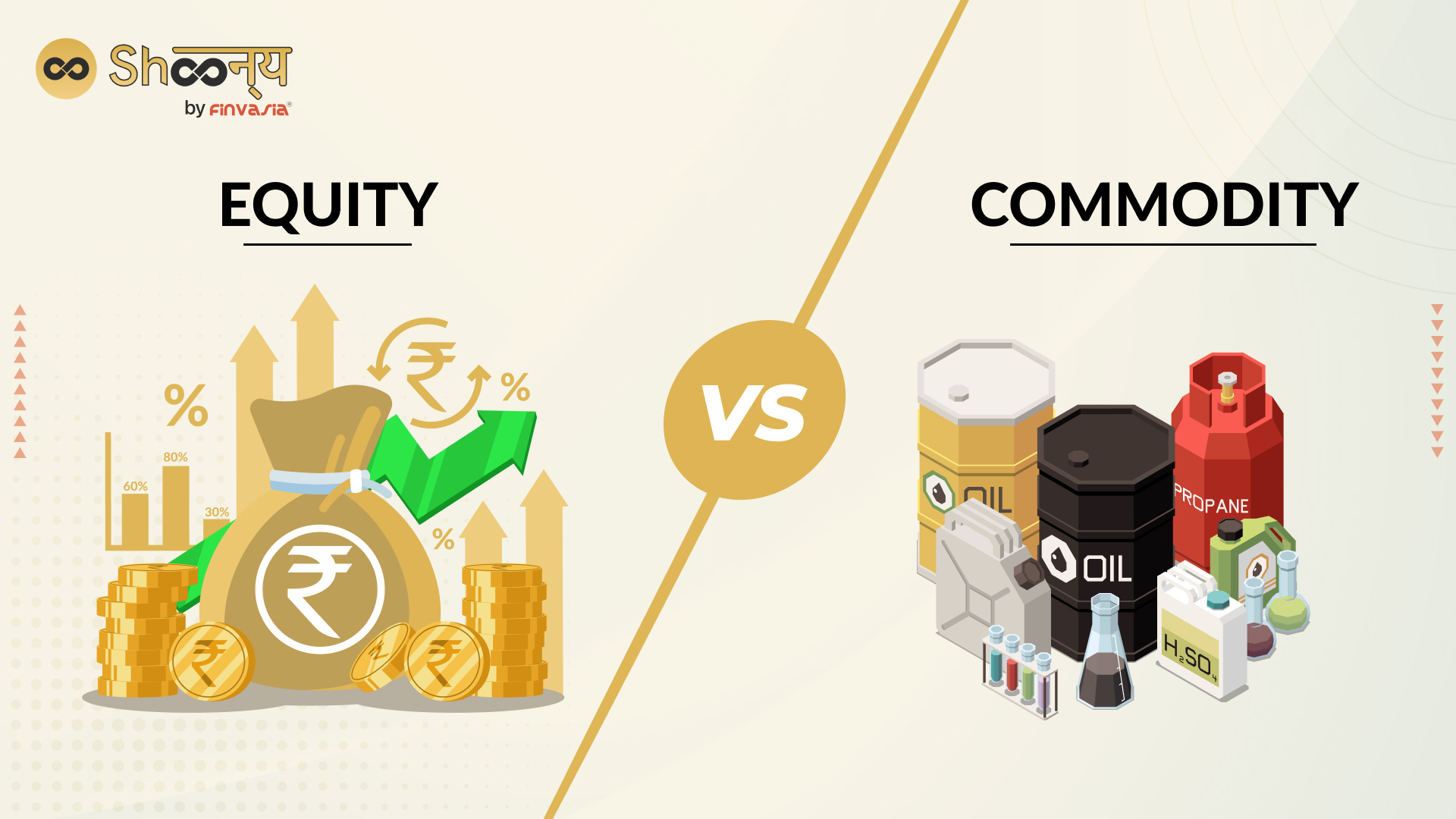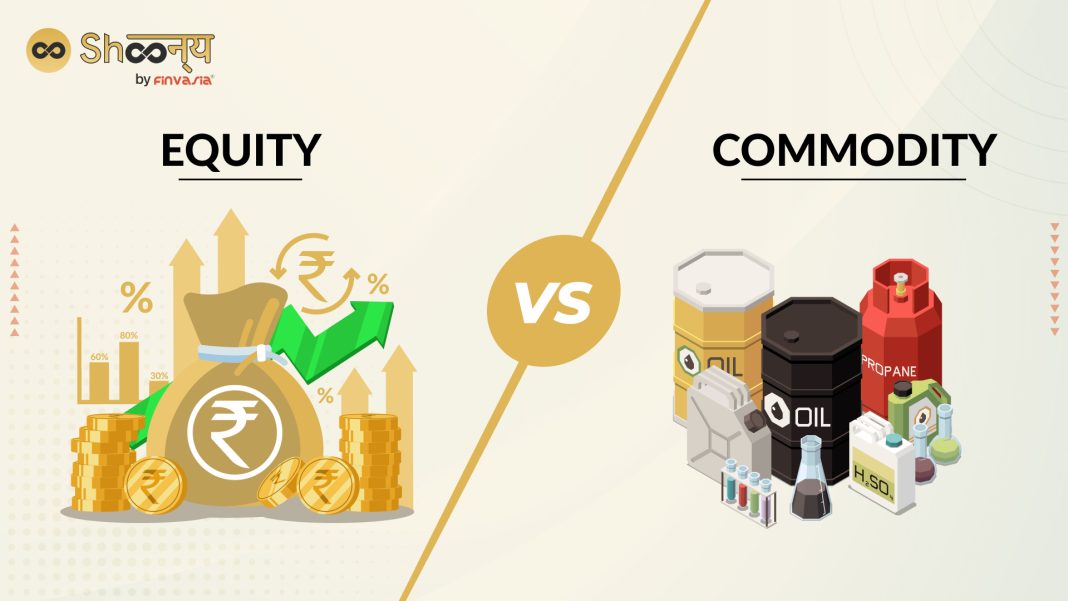 Oil Prices Fall as Dollar Weakens
Oil Prices Fall as Dollar Weakens
In the commodities market on Friday, benchmark U.S. crude oil for August delivery experienced a decline of 41 cents, settling at $82.21 per barrel. At the same time, Brent crude for September delivery fell by 37 cents, reaching $85.03 per barrel. This drop in oil prices can be attributed, in part, to the weakening of the dollar.
The Relationship Between Oil Prices and the Dollar
The relationship between oil prices and the dollar is complex but significant. As the dollar weakens, oil prices tend to rise. This is because a weaker dollar makes oil, which is priced in dollars, more affordable for buyers using other currencies. Conversely, when the dollar strengthens, oil prices often fall.
Wholesale Gasoline and Heating Oil Prices Remain Steady
While crude oil prices experienced a decline, wholesale gasoline prices for August delivery remained unchanged at $2.52 per gallon. Similarly, August heating oil fell by only 1 cent, settling at $2.51 per gallon. These relatively steady prices may be attributed to factors such as supply and demand dynamics, geopolitical tensions, and market speculation.
Natural Gas Prices Experience an Increase
In contrast to the stability seen in gasoline and heating oil prices, August natural gas rose by 6 cents to reach $2.33 per 1,000 cubic feet. This increase in natural gas prices may be influenced by factors such as weather patterns, storage levels, and demand from industries such as power generation and manufacturing.
Precious Metals Experience Mixed Performance
Gold prices for August delivery fell by $1.20, reaching $2,420.70 per ounce. On the other hand, silver prices for September delivery experienced a decline of 51 cents, settling at $31.16 per ounce. September copper prices rose by 8 cents to reach $4.59 per pound.
The Impact of Economic Factors on Precious Metal Prices
The performance of precious metals is often influenced by a variety of economic factors. Gold, for example, is considered a safe-haven asset, and its prices often rise during times of economic uncertainty or inflationary pressures. Silver, on the other hand, has both industrial and investment uses, making its price sensitive to factors such as industrial demand and market speculation. Copper, as an industrial metal, is influenced by factors such as global economic growth, infrastructure development, and supply disruptions.
Fluctuations in Currency Exchange Rates
The dollar fell to 157.93 yen from 158.73 Japanese yen, while the euro rose to $1.0905 from $1.0868. These fluctuations in currency exchange rates can have significant effects on various aspects of the economy, including commodity prices. Changes in exchange rates can impact the competitiveness of exports and imports, influence tourism and investment flows, and affect the purchasing power of consumers.
In conclusion, the decline in oil prices on Friday was partly driven by the weakening of the dollar. While wholesale gasoline and heating oil prices remained steady, natural gas prices experienced an increase. Precious metals, including gold, silver, and copper, demonstrated mixed performance. Fluctuations in currency exchange rates also played a role in shaping the commodity market. It is important for investors and consumers alike to stay informed about these economic factors to make informed decisions regarding their finances.


